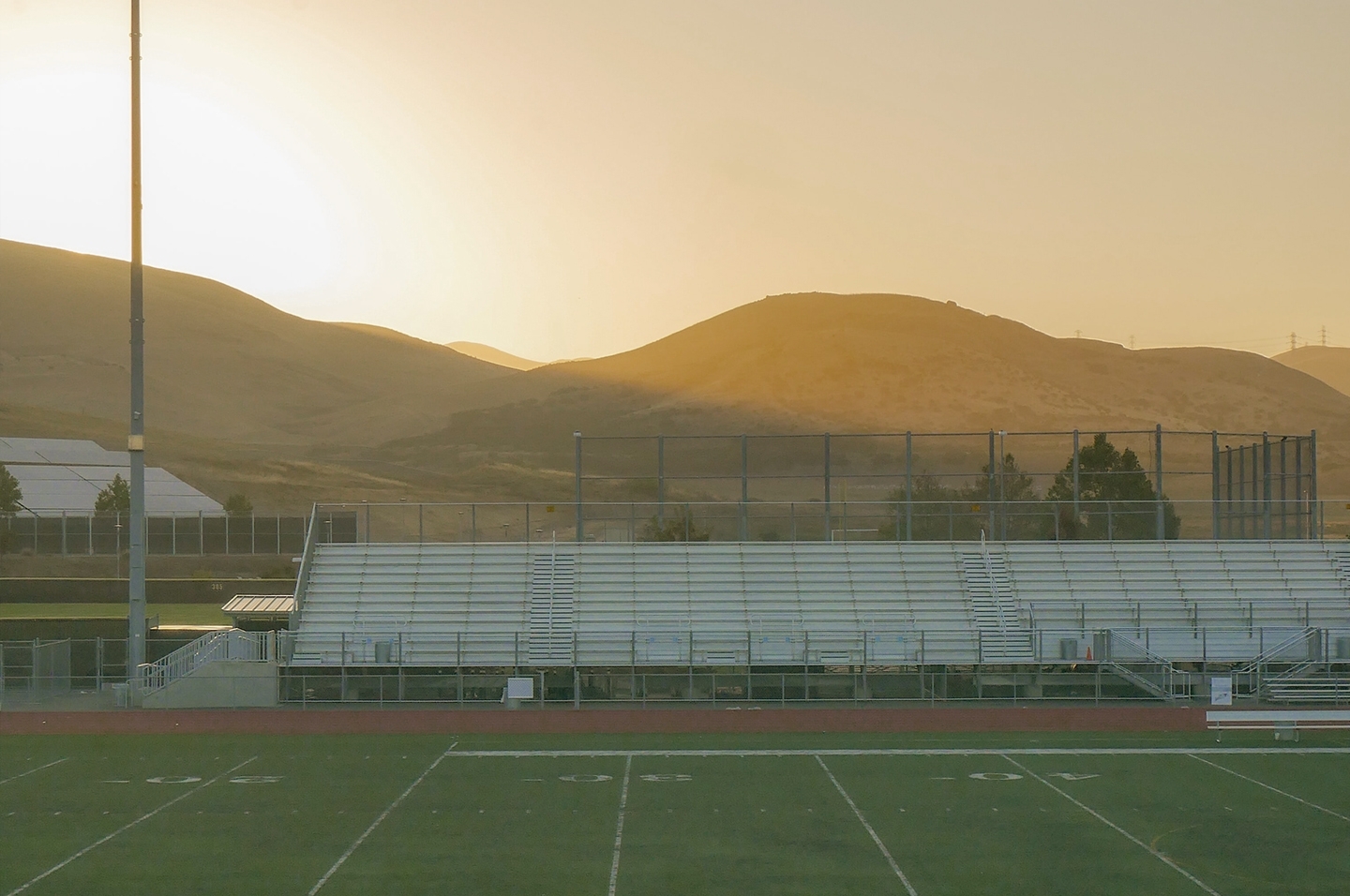
FantasyLand
Nothing quite draws viewers to a big sporting event like fantasy sports, where grown adults spend hours each week managing fake teams of multi-millionaire Gen-Z athletes. Let’s look into the impact of fantasy on sports viewership.
With Tom Brady lining up against Dak Prescott in the next 48 hours, the NFL season is set to recommence. While millions are spent on tv ads and billboards hyping the season, not much draws eyeballs to screens quite like an imaginary game. We’re talking about fantasy football, where grown adults spend hours each week managing fake teams of multi-millionaire Gen-Z athletes.
How big is fantasy? 19% of Americans over 18+ play fantasy sports. 5 of the top 8 sports podcasts in America right now are about fantasy football in what is estimated to be a multi-billion dollar industry.
Much of the cost to support fantasy football is assumed for other industry players like ESPN, meaning the NFL’s greatest engagement driver is also one of the most inexpensive to support. Although dated, research from 2011 found that 50% of a game’s viewership numbers could be estimated by the number of relevant fantasy players lining up. People wouldn’t necessarily watch a Monday night game but their fantasy QB playing gives them a reason to.
Then there are the obvious links between fantasy football and sports betting. 78% of those who play fantasy football also bet on sport.
Listed company DraftKings runs a form of fantasy where competitors pay anywhere from $1 to thousands of dollars to submit a lineup and compete within a pool of players, winner takes all. During the last NFL season, DraftKings saw 1.5m Americans use their platform during every month of the season contributing to US$322m in quarterly revenue. Every month their total addressable market increases as more states legalise sports betting.